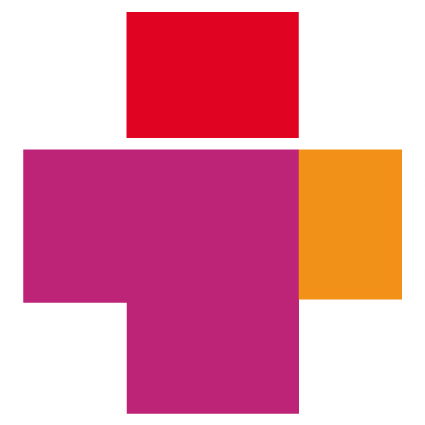Before discussing the new term Population Health Management, let’s take a look back at how we have progressed with the concept of healthcare.
In 1946, the World Health Organization (WHO) wrote a constitution for defining health. We have extracted an excerpt to share.
“Health is a state of complete physical, mental and social well-being and not merely the absence of disease or infirmity. The enjoyment of the highest attainable standard of health is one of the fundamental rights of every human being without distinction of race, religion, political belief, economic or social condition.
The health of all peoples is fundamental to the attainment of peace and security and is dependent upon the fullest co-operation of individuals and States. Governments have a responsibility for the health of their peoples which can be fulfilled only by the provision of adequate health and social measures. The achievement of any State in the promotion and protection of health is of value to all.”
Why we still continue to see healthcare as a system for helping the sick and not an integrative system for improving the wellness of society, is frustrating, to say the least.
Even though the World Health Organization had no idea of the technological future to come, they were outlining and forecasting the direction to follow. These powerful words outlined in 1949 are defining our responsibility NOW!
Population Health Management is a tool to implement the World Health Organization’s constitution.
Using the World Health Organization's constitution as a guide will certainly keep us on the right path for creating an effective Population Health Management program.
Currently, you can find a variety of definitions for Population Health Management (PHM). The common theme seems to be using technology to organize, manage, and evaluate the healthcare delivery system. The goal is to produce safe, cost-saving, more clinically effective outcomes. Emphasis is placed not just on the individual, but the collective information of a specified group of people.
PHM is more encompassing than prior systems of health management because it takes the whole health of a particular population demographic. PHM is exciting and encouraging for one main reason, we are now focusing on caring for the whole, rather than select individuals that may have an economic advantage.
When we fail to understand the importance of our neighbor's health, we do not manage to comprehend the economy of health.
Any vibrant economy shares its wealth amongst its people. It is dependent on the members that comprise of it. The same applies to wellness; what happens to someone a few streets away will eventually affect your health and wellbeing. If done well, PHM has the capabilities to improve a community in ways yet to be seen.
The core of PHM success lies in tracking, gathering, and analyzing data. PHM direction is due in part to revenue models changing in the healthcare industry. Value-based care or pay by performance is increasing for healthcare organizations. Payments and cost determine the quality and efficiency of the healthcare services provided. The financial stability of organizations has everything to do with the ability to turn the data into interpretable actionable forms.
Success for PHM depends on the study of analytics. Understanding the data can help identify where wasteful spending is, who is at risk, how environment plays a role, the economic & social impacts, and contribute to aligning physicians, coordinate care, make referrals, and more.
The problem facing a majority of healthcare organizations lies in the difficult task of making the switch to a fully functioning PHM system.
Over the last decade, billions of dollars have been spent helping to build out electronic health records (EHRs), but these systems have no current way of making that data useful for PHM. Often the EHRs can only communicate within themselves and are unable to process the information for Population Health Management.
Disparity remains a major problem for organizations making the transition to Population Health Management. They need to do it, the financial stability of their future relies on it, but at what cost? How much disruption will it cause them to incorporate a new system?
These were the questions we aimed to answer here at Rural Health IT Corporation. Along with our partners EHN and Pitney Bowes, we have found a solution that helps everyone. We knew that the answer needed to be vendor neutral, integrate data in multiple formats, and quickly and inexpensively connect all the health organizations.
Thankfully we have reached a solution.
The low-cost, scalable platform can help bridge the gap to an effective PHM program. It’s important to keep in mind that the bigger picture of healthcare depends greatly on the wide scale success of PHM.
Let’s relate an interoperable healthcare system to weather forecasting. Think about how far we have come with predicting the weather. We have data and information that allows us to forecast. The more weather they can track, the more we understand our climate and this, in turn, allows for us to make arrangements and preparations. We need healthcare to reach the same analyzing capabilities.
When we are managing a population's health, we will be learning valuable new insights. Yes money will be saved, efficiency increased, but even more importantly, lives in our community will improve, and that will eventually mean your life will improve too.


